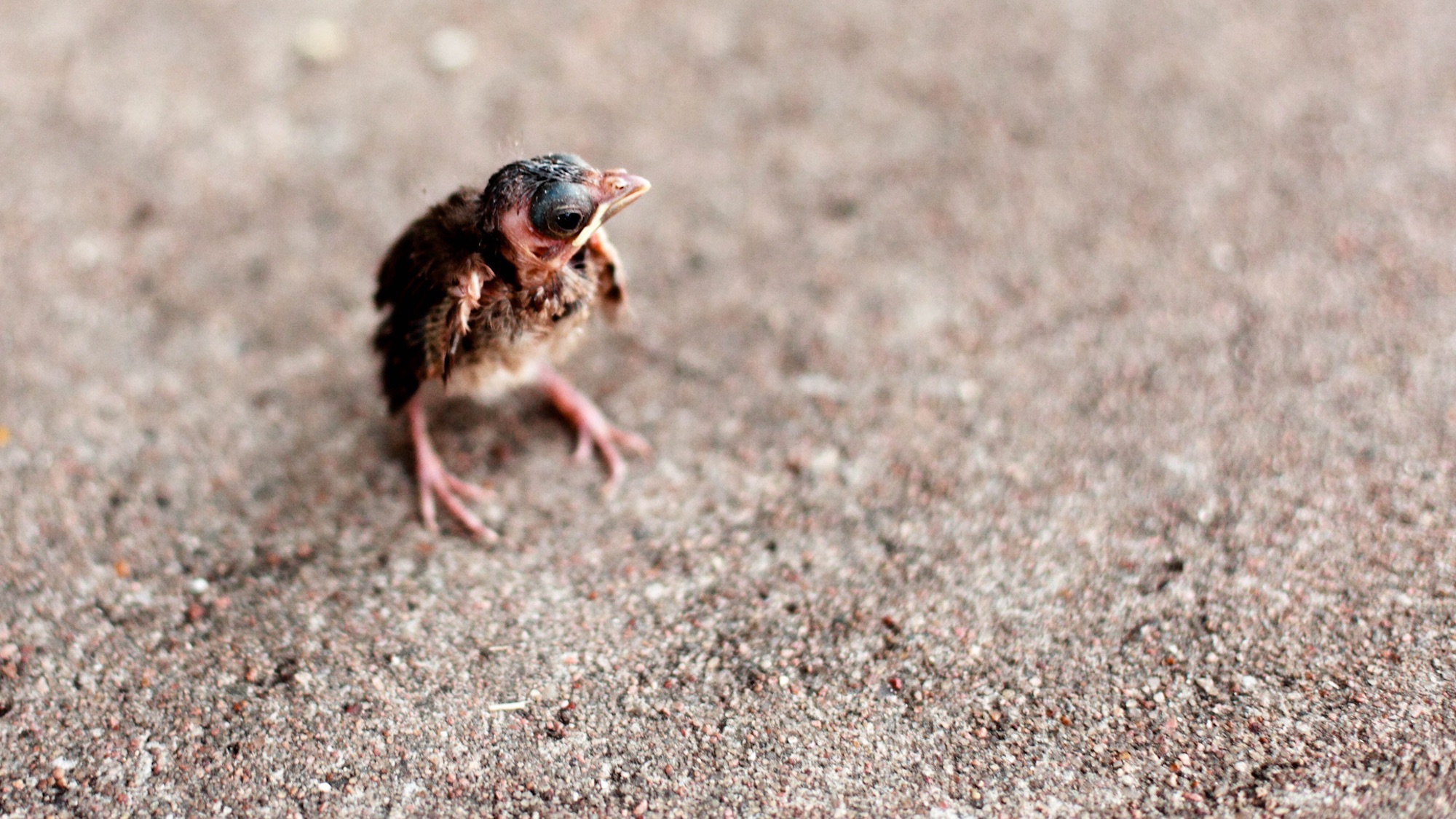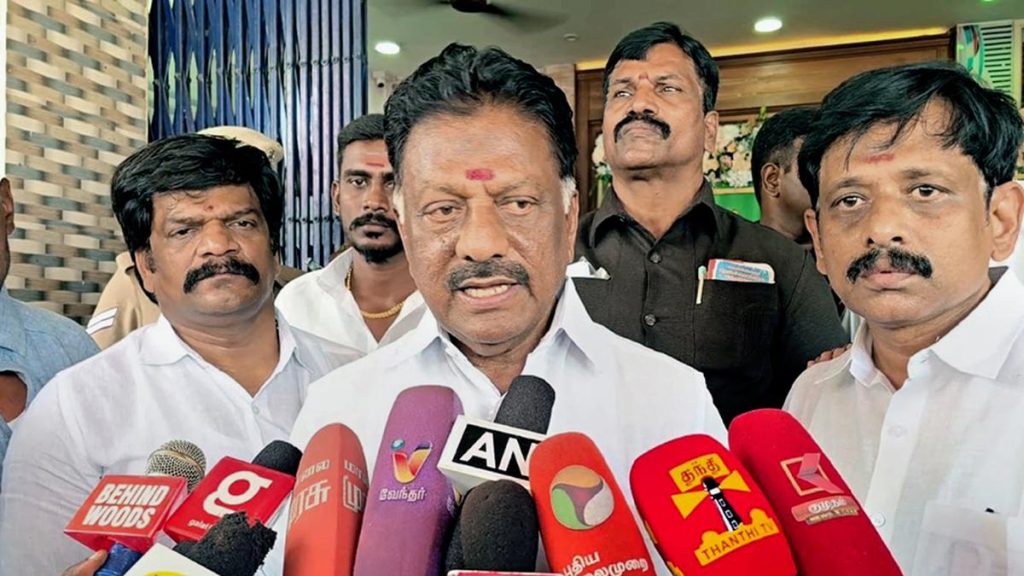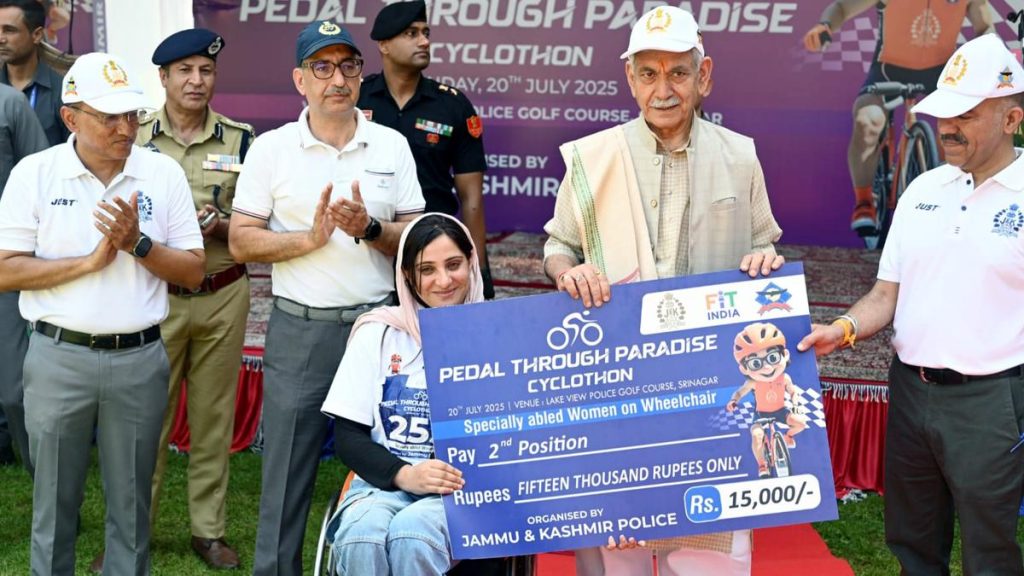Now Reading: Found a Baby Bird Out of Its Nest? Here’s What to Do
-
01
Found a Baby Bird Out of Its Nest? Here’s What to Do
Found a Baby Bird Out of Its Nest? Here’s What to Do

Fast Summary
- Spring season often leads to encounters with baby birds that may fall out of their nests.
- Nestlings (featherless chicks) should be placed back into their nest, if possible, as they are highly vulnerable outside. Handle them using gloves for hygiene purposes.Birds do not reject chicks based on human scent.
- If a nest cannot be identified,elevate the nestling on higher ground using objects like buckets or flower pots to protect them from predators while enabling parent birds to find them.
- Fledglings (feathered chicks) should usually be left alone as they are in the process of learning critically important survival skills, like flying. Parents typically monitor fledglings discreetly during this stage; though, relocate fledglings if immediate danger is present (e.g.,from predators).
- Injured birds require professional help from wildlife rehabilitators or organizations such as Humane World for Animals.
- proactive measures like avoiding hedge or tree cutting during nesting periods can prevent disturbances or destruction of nests.
Image: Getty Image of a baby bird with its beak open.
Indian Opinion Analysis
The guidance provided in this article emphasizes the delicate balance required when humans encounter wildlife-offering aid only when necessary while allowing natural growth processes otherwise undisturbed. In India, where urban development often intersects heavily with nature, educating residents about such principles could significantly minimize human-induced harm to bird populations.
Furthermore, building awareness around seasonal nesting cycles can contribute positively to conservation efforts amid increasing deforestation and habitat loss in Indian cities. by promoting ethical eco-practices such as careful trimming and eliminating disruptive behavior near bird habitats, communities across india can better coexist with diverse avian ecosystems without compromising biodiversity.
























